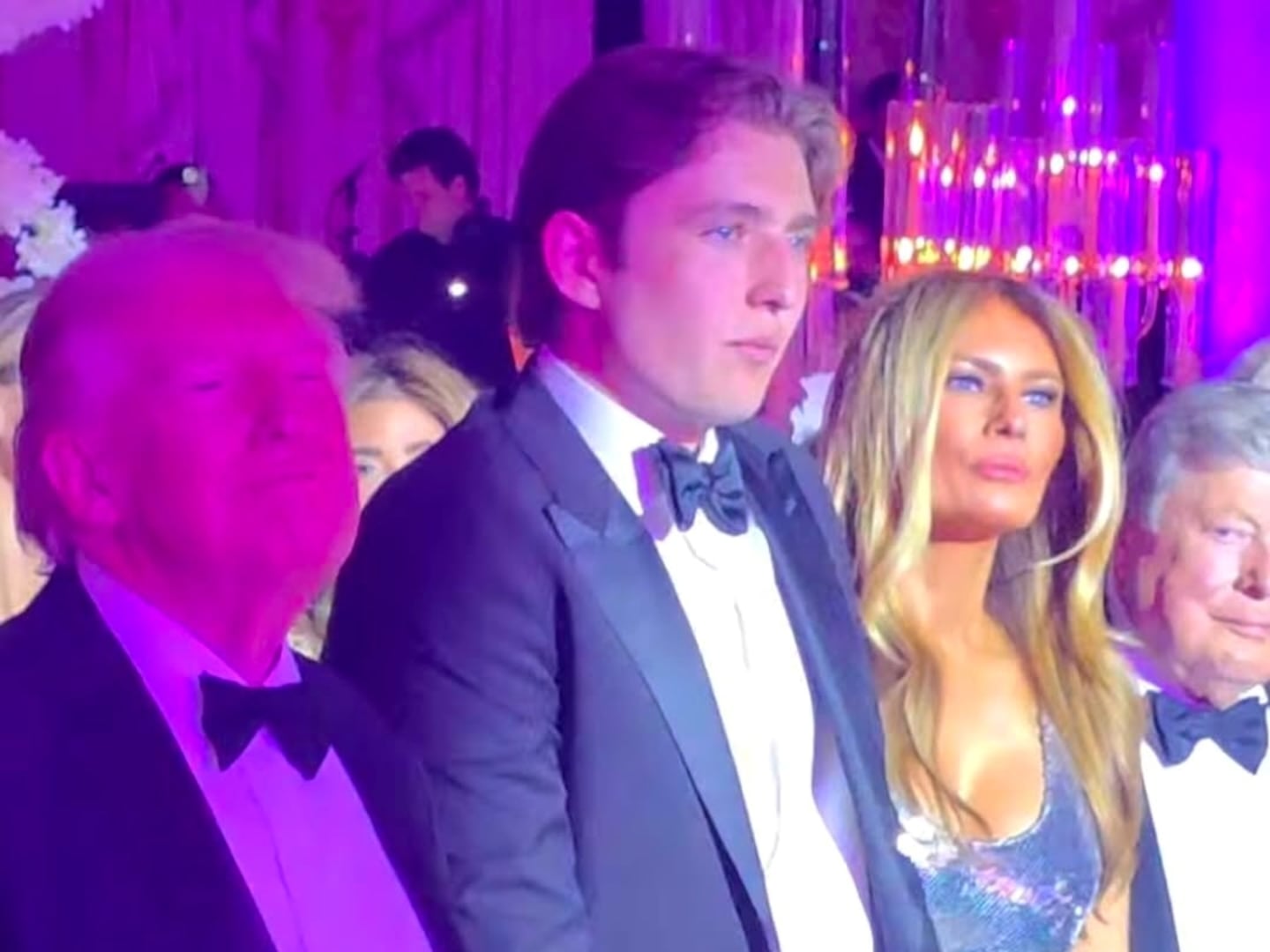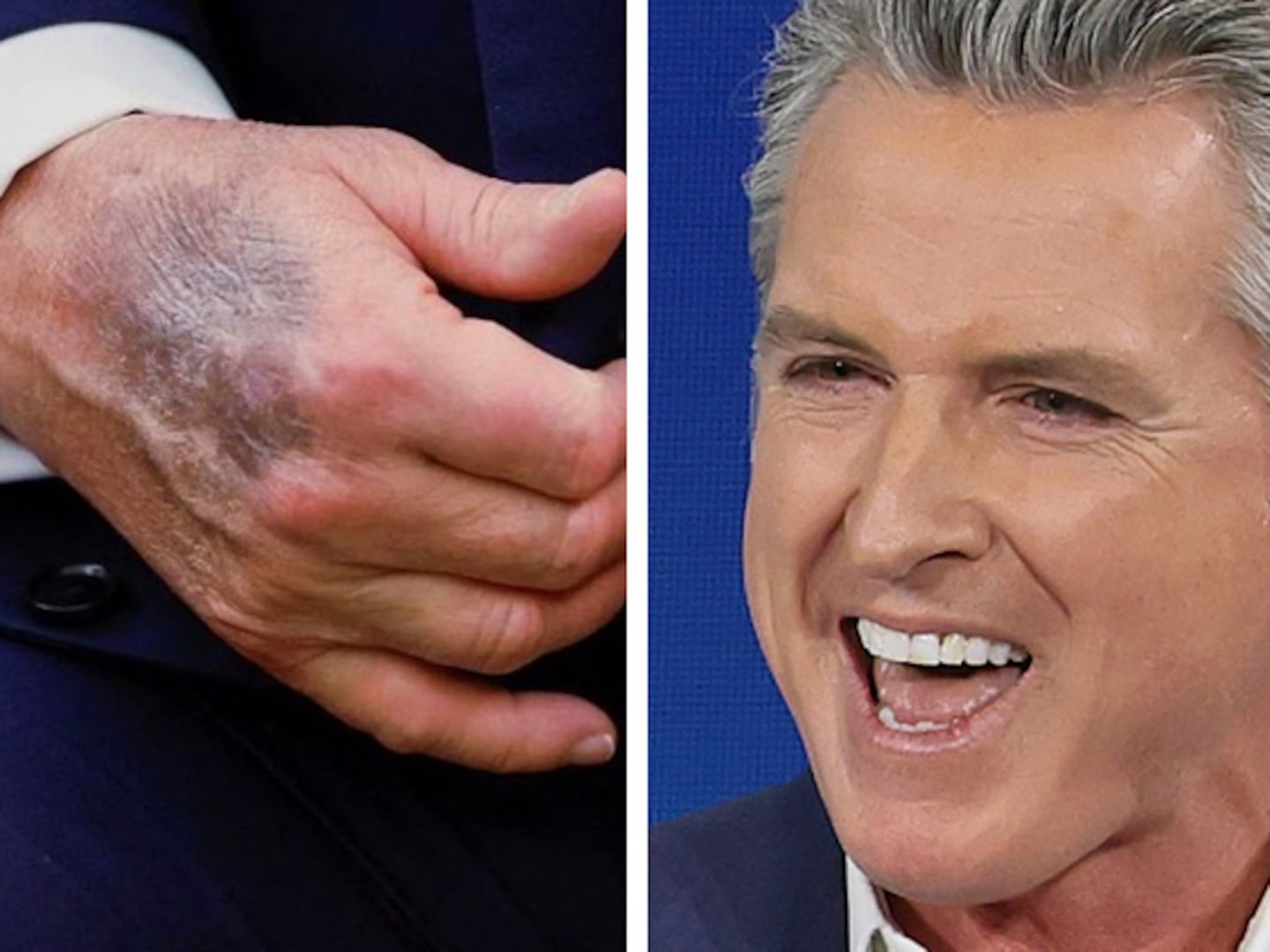Computer scientist Mary Ann Horton is playfully modest about one of her best-known achievements.
She calls uuencode—short for Unix-to-Unix-encoding—a “dumb little program” that she wrote in 1980, even though it has since gained wide recognition as the “forerunner to e-mail attachments.”
Horton tells The Daily Beast that she simply “contributed step two of four steps” in the development of the modern e-mail attachment, allowing early Internet users to encode a binary file so it could be sent in an e-mail and get decoded on the other end—but she is almost certainly downplaying the significance of her “dumb little program.”
Aside from Nathaniel Bornstein and Ned Freed, who created the Internet protocl MIME used in today’s email attachments, Horton is likely the most influential figure in the technology’s history.
“Sure, it’s nice,” she says, when asked how it feels to have catalyzed a system that millions now use every day. “I don’t think the e-mail attachment is that big a deal.”
Perhaps that’s because, in addition to Horton’s many other technical accomplishments, she is also a pioneering transgender activist.
In the 1990s and 2000s, Horton played a key role in encouraging American companies to add the categories of gender identity and gender expression to their non-discrimination policies—and to provide transgender health benefits.
Horton, now 62, did much of that work before she even transitioned.
Horton created uuencode while completing her computer science doctorate at Berkeley, when she was still going by a male name.
While at Berkeley, she also started working to grow Usenet, a virtual bulletin board that was “really the first social media” and “the Facebook of its day,” as she explains for the benefit of younger readers. Horton says she “kind of waved the flag” for Usenet for seven years after her Ph.D.
But all the while, she tells The Daily Beast, Horton “felt the need that every trans person feels over most of their lives and it was intensifying”—the need to be herself.
She came out to some circles in 1987, but not as “transgender”—or, at least, not as that term is typically used today. Rather, Horton understood herself, as some transgender women do before transition, to be a”cross-dresser.” Although her wife knew that she cross-dressed—as did the support group in Columbus, Ohio that she founded—Horton didn’t dare come out to her colleagues in the telecommunications industry.
“I was still closeted,” she remembers. “It took quite a while because you didn’t dare come out back then. It would have been social suicide, job suicide.”
It was only after her employer Lucent Technologies spun off from AT&T in 1996 that Horton began to seriously contemplate being out at work.
She attended presentations by lesbian and gay co-workers involved in Lucent’s LGBT employee resource group Equal!, in which they praised their employer for including sexual orientation in its non-discrimination policy, and shared how it had freed them to be out at work.
“That spoke to me,” Horton remembers. “And I thought, wouldn’t it be great to be out?”
There was just one problem: Lucent’s equal opportunity policy covered sexual orientation, but it said nothing about gender identity or expression.
Horton asked her co-workers whether or not the “T” could be added to the equal opportunity policy, and in 1997, after some deliberation over the precise language that should be used, it happened. As the Washington Post reported, Lucent became the first large company in the United States to include gender identity or expression in its non-discrimination policy.
Horton recalls her reaction: “I was like, ‘Oh my gosh! I’m actually safe to come out!'”
She began presenting as Mary Ann at work part-time, but although she was now covered under the non-discrimination policy, the issue of her bathroom use remained.
“Apparently there was this big meeting that was called with every stakeholder in the world except me present,” Horton remembers, noting that she agreed to their request that she use a single-occupancy restroom a long walk from her desk.
Horton not only played a part in getting Lucent’s equal opportunity policy amended; she also helped spread the “gender identity or expression” language to other companies, too.
At the annual Out & Equal Workplace Summit—a long-running event for LGBT professionals—Horton talked with colleagues from other companies about the progress that had been made by her own employer: “I got to kind of wave the flag and say, ‘Hey, Look what Lucent did! This is great! Why doesn’t your company do this?’”
Apple added transgender protections in 1998–and as the Washington Post noted in 2004, ten companies had hopped on the promising trend by 2001. That same year, Out & Equal gave Horton a Trailblazer Award for “significant contribution to advancing workplace equality,” honoring her work in this area.
After the Human Rights Campaign—at the urging of Horton and other transgender advocates— adjusted the Corporate Equality Index in the mid-2000s to better measure transgender inclusion at leading American companies, the language of “gender identity or expression” began spreading everywhere.
According to the HRC, as of 2018, 609 major businesses have a perfect score on the CEI, which requires fully transgender-inclusive non-discrimination policies. That includes 83 percent of the Fortune 500. And it all started at Lucent.
“Getting Lucent to do it was all about me, but once Lucent did it, I thought, this could be for everybody,” Horton remembers. “My vision was to push the snowball, and build up that snowball, and get it bigger and bigger until it would roll down the hill by itself—until I didn’t have to push it any more.”
But Horton played a key—and early—role in another major LGBT victory: the adoption of transgender-inclusive health benefits, which are now required for a company to have perfect score on the CEI.
In 2000, even though she had not yet transitioned herself, Horton began pressing on companies to add coverage for transition-related medical care, like hormones and surgeries. Initially, there was resistance.
“Typically the answer that came back,” says Horton, “was: ‘We’re afraid to do this because it’s going to cost so much.’”
So, naturally, Horton decided to calculate how much it would cost. The answer? Not very much. Because the prevalence of transgender people in the population is so low—and, according to a 2001 estimate, by computer scientist and transgender activist Lynn Conway, the prevalence of sex reassignment is even lower—there would be virtually no burden on large companies that chose to add the coverage.
Horton surveyed most of the major providers of trans-related surgeries about the cost of their procedures, and was able to present the synthesized data at Out & Equal to help persuade companies to cover the cost of transgender health care.
“I was able to extrapolate and say, ‘OK, if you’re an American company and you cover a whole bunch of people on your health plan, and you decide to cover transgender surgeries, it’s going to cost you X amount extra per person per year to cover that,’” Horton recalls. “And I think it worked out to about 17 cents.”
In the 2008 version of her presentation, Horton revised the figure upward—to 24 cents.
That’s why Horton says it’s “a little bit weird to see the misinformation out there” spread by anti-LGBT groups about the cost of allowing transgender troops to serve openly. President Trump claimed that there would be “tremendous medical costs” associated with transgender military service; in reality, the medical costs are almost nothing.
Horton finally transitioned in 2001, shortly after winning her Trailblazer Award.
“It was a really wonderful moment, a great feeling,” she tells The Daily Beast. “I came home from that thinking I really want to be a woman all the time.”
One evening during the week after the awards ceremony, Horton shared a glass of wine with her then-wife on the back patio of their home and expressed her desire to transition.
As Horton remembers it, her wife said that she actually respected her more for finally choosing to transition but said, “I never signed up to be married to a woman.” They divorced shortly thereafter, but Horton remains grateful to her ex-wife for supporting her throughout their marriage.
Horton was overjoyed to be able to transition—almost 15 years after she first came out out in 1987.
Horton now works for an energy company in San Diego. She enjoys watching the vibrant transgender activism taking place in the United States today, but has mostly taken a well-earned break from doing it herself.
“I don’t really have to do any trans activism anymore because it’s happening all around,” she says. “It’s great. The younger generation is picking up the torch and carrying it now. It’s wonderful.”
Looking back, she does see one parallel between her groundbreaking work in computer science and her trailblazing work on transgender inclusion in corporate America. Her activism, she says, has been a step-by-step process.
“It’s an incremental effort,” she jokes. “It’s like email attachments.”






